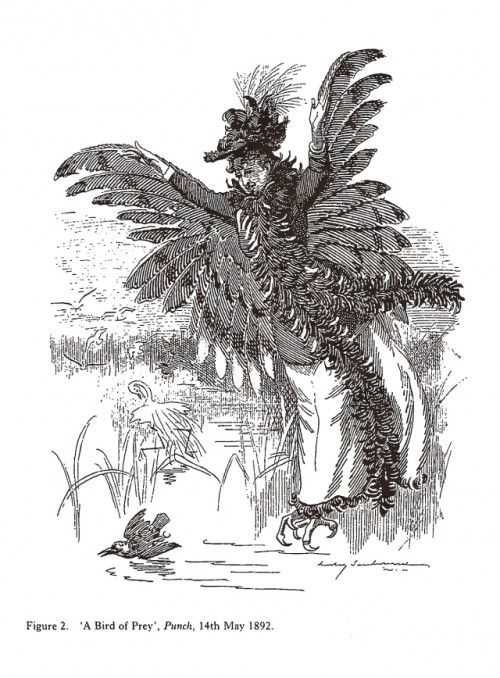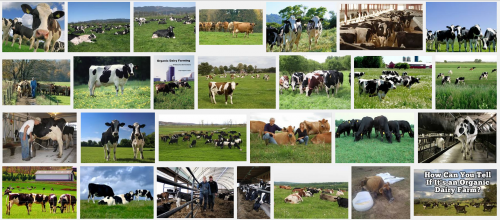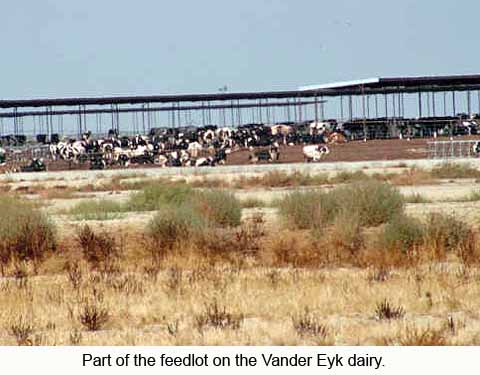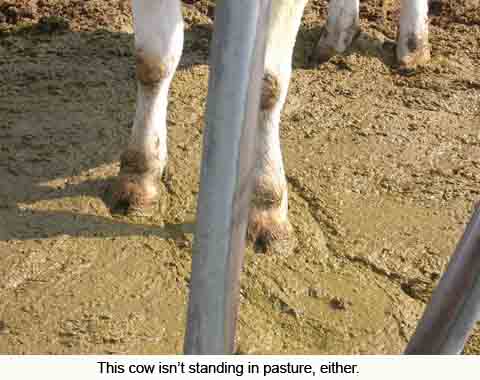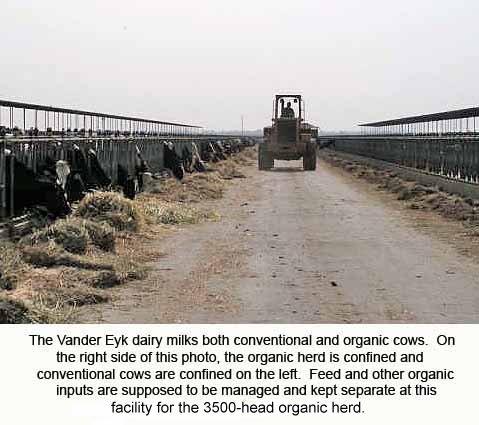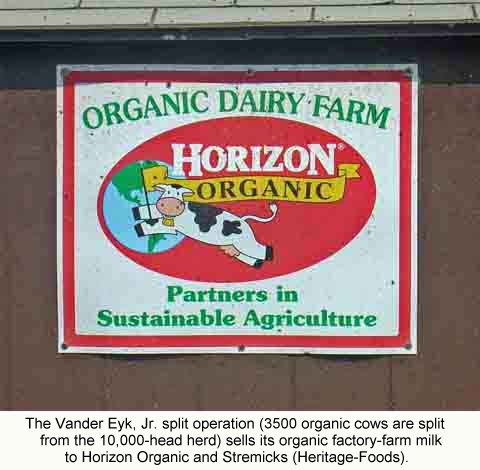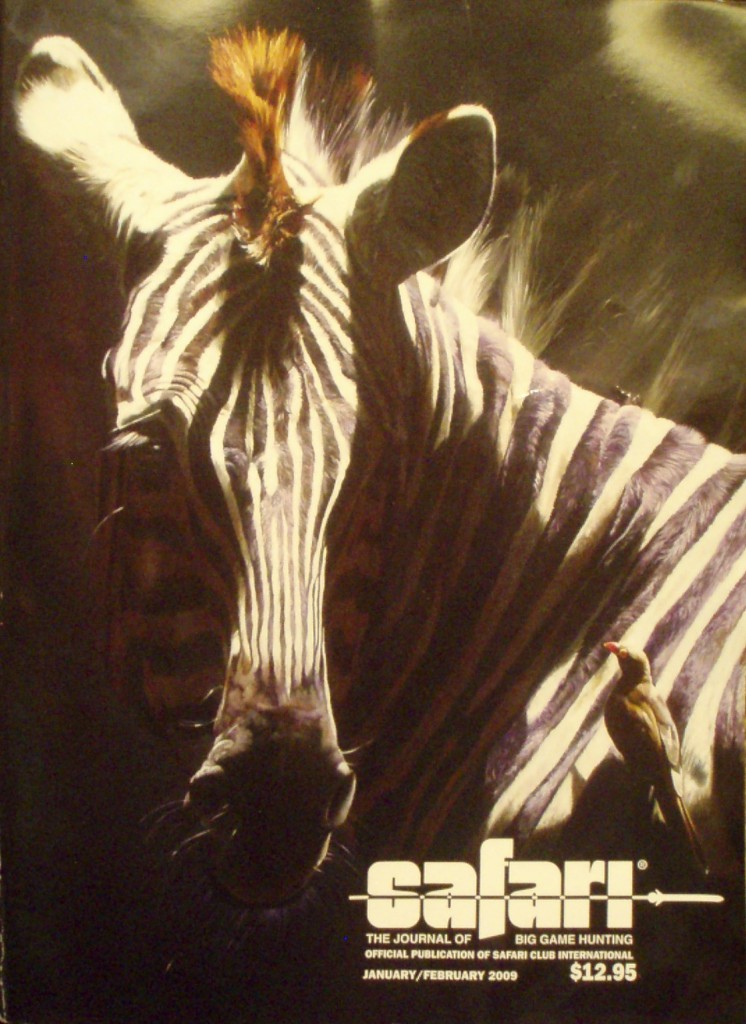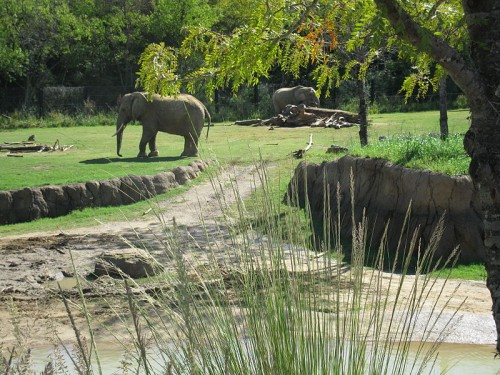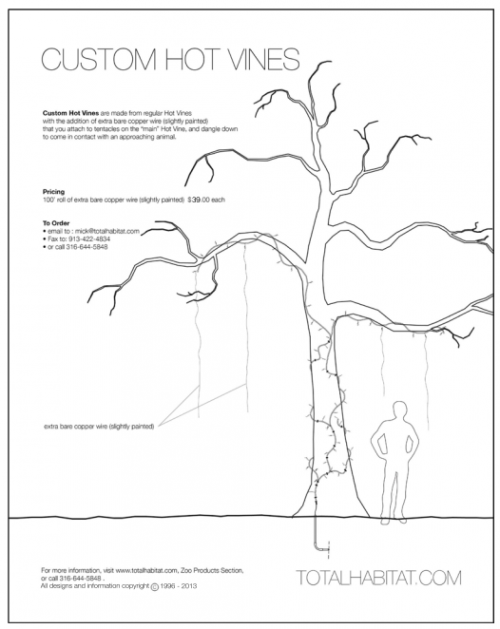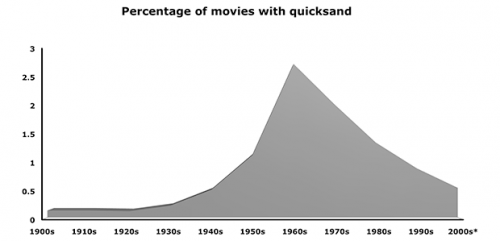Flashback Friday.
An article at Scientific American draws attention to the environmental cost of the commodification of flowers as a symbol of love. Carolyn Wheelan writes:
[Roses] are… fragile and almost always flown to the U.S. from warmer climes in South America, where roughly 80 percent of our roses take root; to warm the hearts of European sweethearts, they are most often imported from Africa. They are then hauled in temperature-controlled trucks across the U.S. or the Continent and locked up overnight in cold boxes before their onward journey to the florists of the world… sending the roughly 100 million roses of a typical Valentine’s Day produces some 9,000 metric tons of carbon dioxide (CO2) emissions from field to U.S. florist.
When flowers aren’t shipped in to cooler climates, they must be grown in greenhouses, like the Yuzhny Greenhouse Farm in Russia pictured above. Some flower farms take the form of vast arrays of greenhouses that use energy to maintain a microclimate out of synch with the climate in which they are situated.
The SciAm article does a good job of pointing out that not all flower farms are equal and there are lots of more and less environmentally- and socially-conscious choices.Fair trade, worker-conscious, organic, and otherwise environmentally-friendly flower companies claim to offer an alternative. Florverde, for example, advertises its flowers as “for the earth, for the workers, for you”:
Originally posted in 2009. h/t Jezebel.
Lisa Wade, PhD is an Associate Professor at Tulane University. She is the author of American Hookup, a book about college sexual culture; a textbook about gender; and a forthcoming introductory text: Terrible Magnificent Sociology. You can follow her on Twitter and Instagram.



